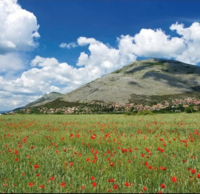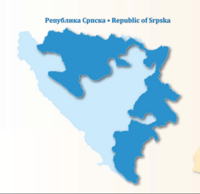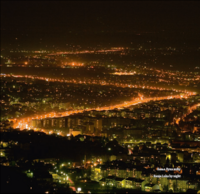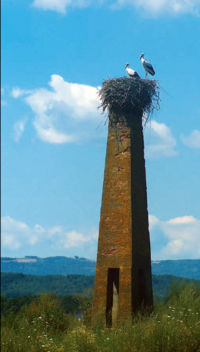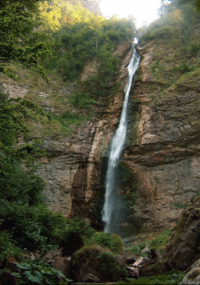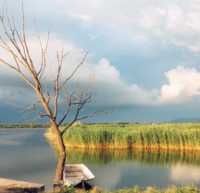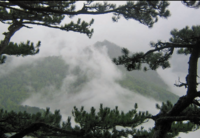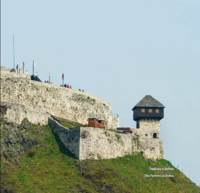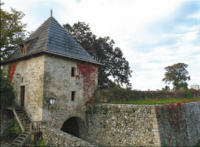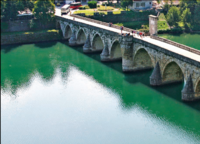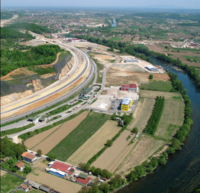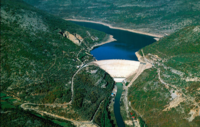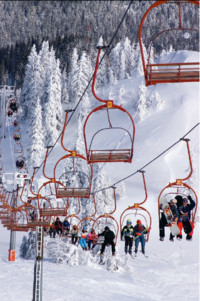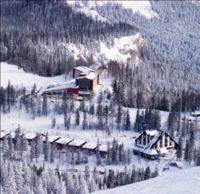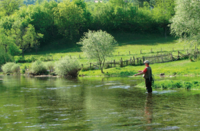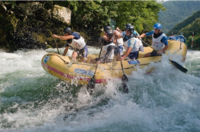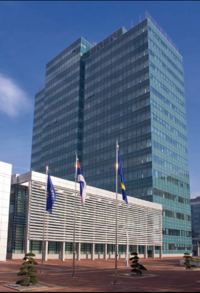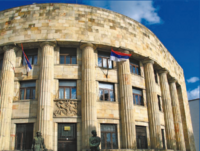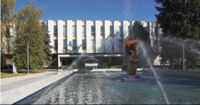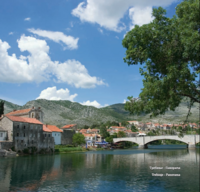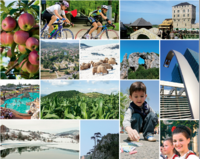DebConf11/BanjaLuka/RepublicOfSrpska
• DebConf11 Bosnia • Local Team • Accommodation • Banja Luka • Republic of Srpska
Contents |
[edit] Republic Of Srpska
Republic of Srpska was established on 9th January 1992. As a state entity, it was verified by the Dayton Peace Agreement and by the signing of the Peace Agreement in Paris, on 14th December 1995. Republic of Srpska covers an area of 25.053 square kilometres, or 49% of the territory of Bosnia and Herzegovina. According to official estimates from 2004, Republic of Srpska has a population of 1.471.529.
[edit] Nature
In 2007, Bardača was pronounced “a Ramsar site” and that is how this area was included in the world list of swamp areas of international significance.
Republic of Srpska has two national parks: Sutjeska and Kozara. The national park of Sutjeska is located in the south-eastern part of the Republic of Srpska and covers an area of mountains: Maglic (2.386 meters of altitude – the highest peak of the Republic of Srpska and Bosnia and Herzegovina), Volujak and Zelengora. Within this national park the jungle of Perućica is also located.
Perućica is a reservation of untouched nature in which it is prohibited by law any kind of human action on nature. It is one of the biggest and best preserved jungles in Europe. The national Park of Kozara is one of the most beautiful parts of the Republic of Srpska which covers an area of 3.494 hectares.
[edit] Monuments
The stone fortress, a symbol of Doboj, has been built in the 13th century, at a time when the Serbian King Dragutin Nemanjić ruled the parish of Sol and Usora.
The fortress of Kastel in Banja Luka is the oldest historical monument in this city. It is assumed that the first fortress (Kastra), in the place of today’s Kastel, was built by the Romans in the second century after Christ.
The bridge in Višegrad, better known as the “na Drini ćuprija”, was built in 1577 by Mehmed-paša Sokolović. In 2007, UNESCO has put the bridge in Višegrad on the list of world's cultural heritage.
[edit] Infrastructure
One of the largest strategic and development projects that The Government of Republic of Srpska plans to realize till the year of 2015 is the construction of highways network through Republic of Srpska in the length of 432 kilometres.
Owing to natural characteristics, Republic of Srpska is classified in the territories that have rich hydro-energy potential. Hydro-potential of Republic of Srpska is approximately 10.027,5 GW/h annually.
[edit] Jahorina
Olympic mountain Jahorina is the most significant part of tourist offer of Republic of Srpska. In 1984, the 14th Olympic games (http://en.wikipedia.org/wiki/1984_Winter_Olympics) were held on this mountain. Various tourist attractions of our mountains of Jahorina, Kozara, Zelengora, Maglić and Volujak, well preserved nature, numerous mountainous peaks, spacious views and hospitality of local people, all of these present the ideal oasis of peace for rest and recreation.
[edit] Other activities
Republic of Srpska is attractive to local as well as to foreign tourists due to the fact that it possesses many affirmed hunting grounds, as well as fishing areas, rivers and lakes.
On the rivers of Republic of Srpska in 2008, the World and European Championship in rafting was held. During 2009, World Championship in Rafting was held in Republic of Srpska.
